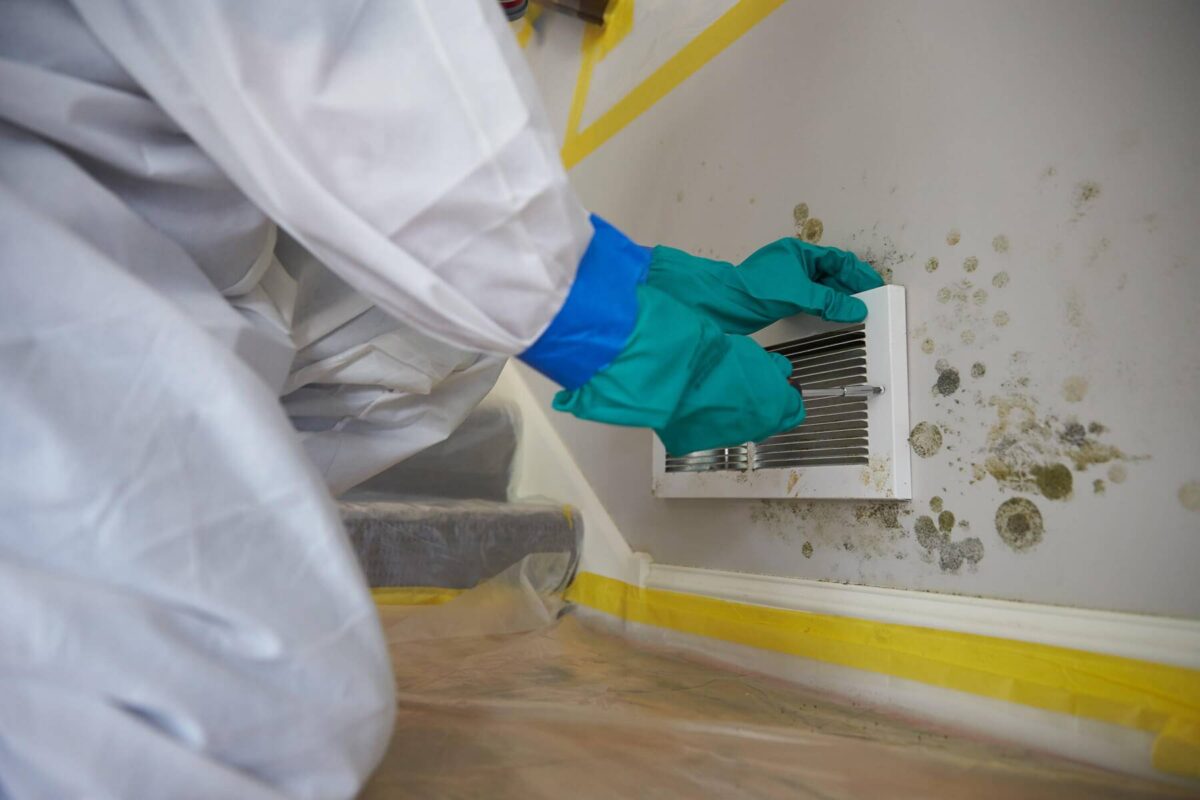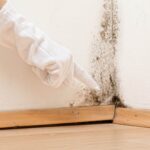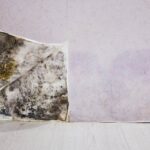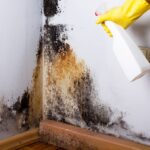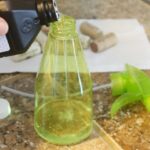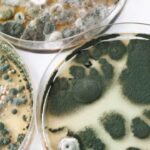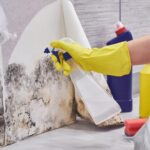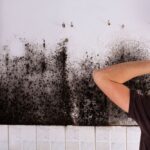Mold can be a serious problem in a home, and in many cases, it’s necessary to call in a professional to properly remove it. Professional mold remediation companies have the knowledge, equipment, and expertise to deal with mold problems effectively.
But what do professionals use to kill mold? Here are some of the methods and products that are commonly used in professional mold remediation.
HEPA Vacuuming
Professionals use high-efficiency particulate air (HEPA) vacuums to remove mold spores from surfaces and the air. These vacuums are designed to trap tiny particles like mold spores that regular vacuums can’t capture. HEPA vacuums are also used to clean up dust and debris created during the mold removal process.
Antimicrobial Solutions
Antimicrobial solutions are chemicals that are designed to kill mold and prevent it from growing back. These solutions can be applied to surfaces that have been affected by mold, as well as to the air in a room to kill any mold spores that may be present. The type of antimicrobial solution used will depend on the severity of the mold problem and the type of surfaces that are affected.
Biocides
Biocides are substances that are used to kill living organisms, including mold. There are many different types of biocides, and the one used in mold remediation will depend on the type of mold and the surface it’s growing on. For example, a biocide that’s effective on porous surfaces like wood may not work on non-porous surfaces like metal.
Negative Air Pressure
Professionals use negative air pressure to prevent mold spores from spreading to other areas of a home. This involves sealing off the affected area and using fans to create negative air pressure inside the space. This means that air is being pulled out of the space, rather than being pushed into it, which prevents mold spores from spreading to other parts of the home.
Dehumidifiers
Mold needs moisture to grow, so removing excess moisture from the air is an important part of mold remediation. Professionals use dehumidifiers to lower the humidity levels in a room, which makes it more difficult for mold to grow. Dehumidifiers are particularly effective in areas with high humidity, such as bathrooms and basements.
Air Scrubbers
Air scrubbers are machines that are used to clean the air in a room. They work by pulling in air and passing it through a series of filters that trap mold spores and other contaminants. The clean air is then released back into the room. Air scrubbers are particularly effective in areas where mold spores are airborne, such as after the removal of mold-contaminated drywall.
Mold remediation is a complex process that requires the use of specialized equipment and products. Professionals use a variety of methods to kill mold, including HEPA vacuuming, antimicrobial solutions, biocides, negative air pressure, dehumidifiers, and air scrubbers.
Pros and Cons
Professional mold remediation is the process of removing mold from a property. This can be a difficult and time-consuming process that requires specialized equipment and knowledge. There are many methods and products that professionals use to kill mold, each with its own set of pros and cons.
Dry Ice Blasting: Non-Toxic and Non-Abrasive, But Expensive and Dusty
One commonly used method is dry ice blasting. This involves blasting dry ice pellets at high speeds onto the mold-infested surfaces. The extreme cold of the dry ice causes the mold to freeze, making it easier to remove. The pros of this method are that it is non-toxic and non-abrasive, making it safe for use on delicate surfaces. However, it can be expensive, and the blasting can create a lot of dust.
HEPA Air Scrubbers: Highly Effective for Preventing Spread, But Doesn’t Remove Mold
Another method is the use of HEPA air scrubbers. These machines filter the air in the affected area, trapping mold spores and preventing them from spreading. This is a highly effective method for preventing the spread of mold, but it does not remove the mold itself. It is often used in conjunction with other methods, such as cleaning or removal.
Chemical Treatments: Antimicrobial Sprays and Fogging Machines, Effective but Potentially Harmful
Chemical treatments are also used by professionals to kill mold. One such treatment is the use of antimicrobial sprays. These sprays kill mold and prevent it from growing back. They are highly effective and relatively inexpensive, but they can be harmful if not used properly. Protective gear should be worn when using these sprays, and they should be used only in well-ventilated areas.
In some cases, professionals may use fogging machines to distribute a mold-killing agent throughout the affected area. This can be highly effective for treating large areas, but it is not recommended for use in small or enclosed spaces. The chemicals used in the fogging process can be harmful if not used properly, and the fog can leave a residue that can be difficult to clean.
Bleach: Effective and Inexpensive, But Can Be Harmful if Not Used Properly
The most common product used in professional mold remediation is bleach. Bleach is a highly effective mold killer and is relatively inexpensive. However, it can be harmful if not used properly. Bleach should never be mixed with other cleaning products, as this can create toxic fumes. It should also be used only on non-porous surfaces, as it can be absorbed by porous materials and actually promote mold growth.
In conclusion, there are many methods and products used by professionals in mold remediation, each with its own set of pros and cons. Dry ice blasting, HEPA air scrubbers, antimicrobial sprays, fogging machines, and bleach are all commonly used products and methods.
When deciding which method or product to use, it is important to consider the size of the affected area, the type of mold, and the potential risks associated with each method. It is always recommended to hire a professional for mold remediation, as they have the knowledge and experience to safely and effectively remove mold from your property.
